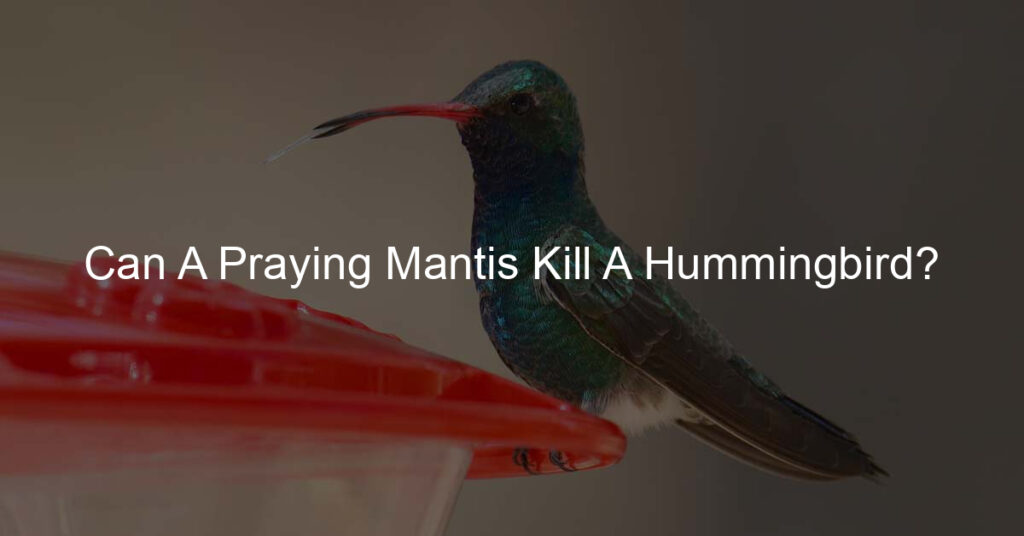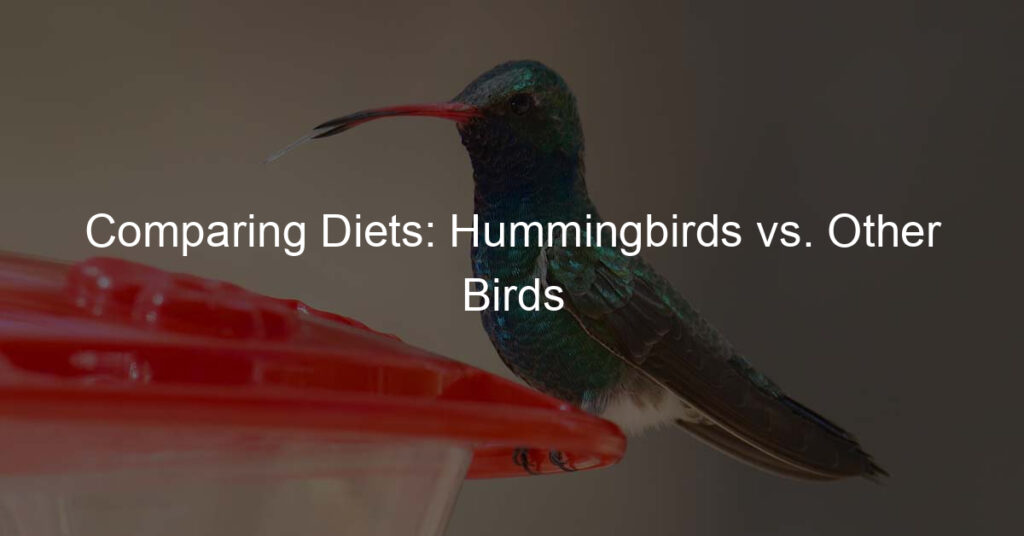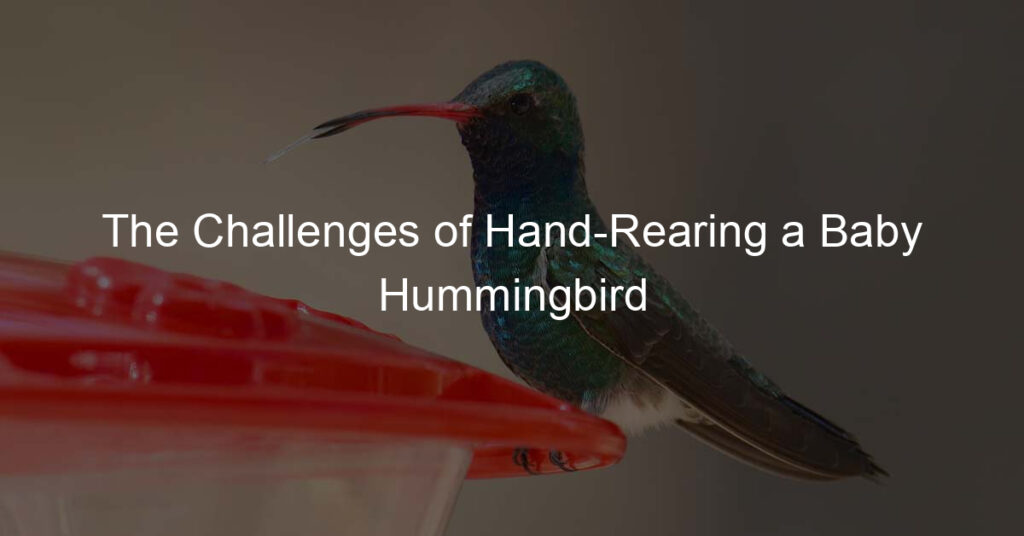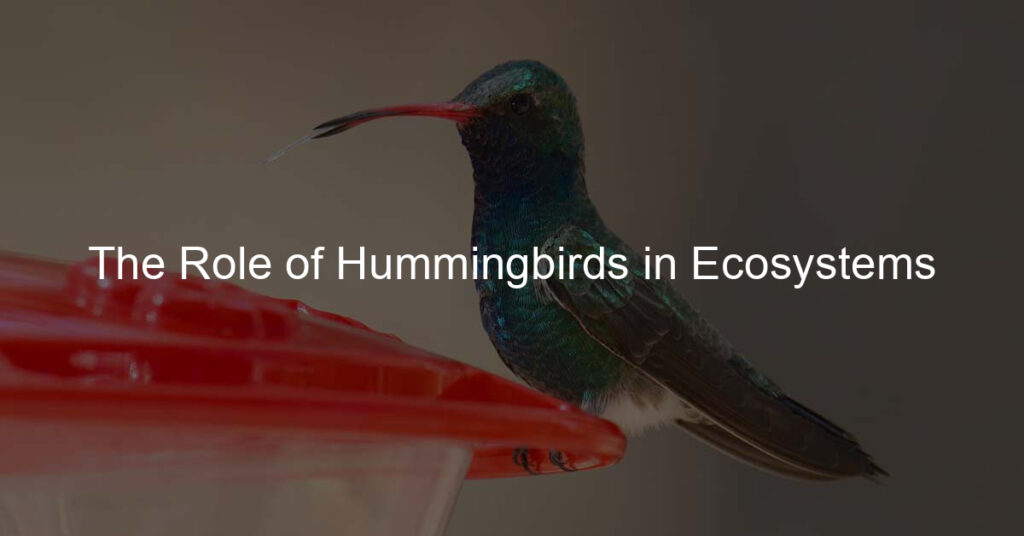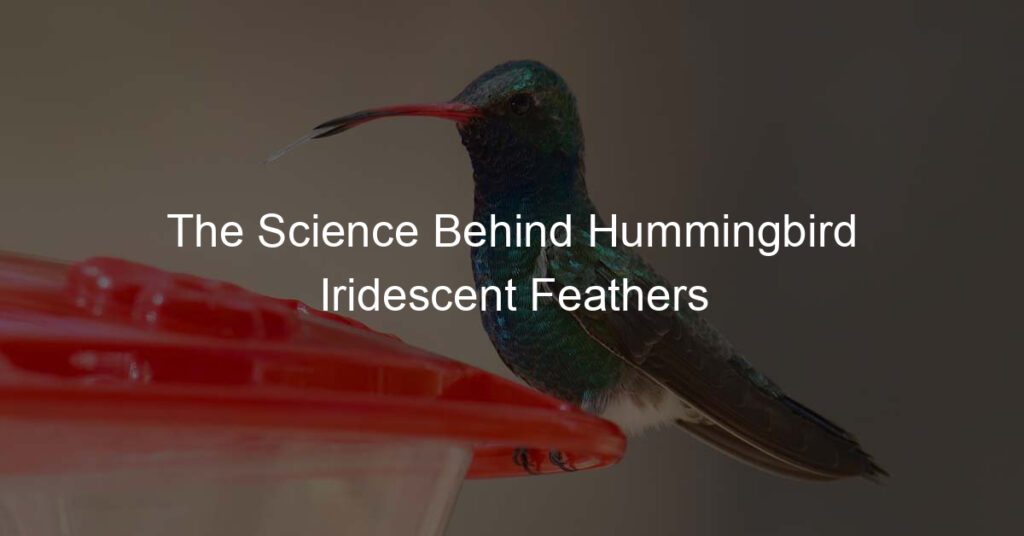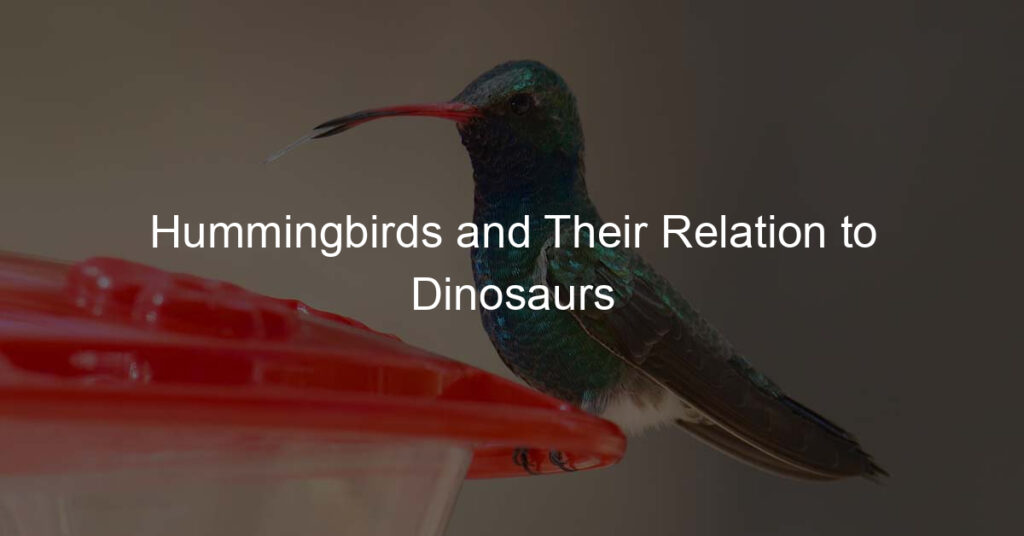Introduction: Praying Mantis vs Hummingbird
When we think of predators, large animals like lions or sharks might come to mind. But in the world of insects and birds, a surprising and deadly battle unfolds between the praying mantis and the hummingbird. This unusual predator-prey relationship is a fascinating example of nature’s unexpected dynamics.
Overview of the unusual predator-prey relationship
The praying mantis, a seemingly harmless insect, is a formidable predator in its own right. Despite its small size, it is capable of capturing and consuming hummingbirds. This might seem surprising, but the praying mantis is a master of disguise and ambush, using its unique abilities to its advantage.
Explanation of the significance of this encounter
The encounter between a praying mantis and a hummingbird is significant for several reasons. It challenges our understanding of the food chain, showing that size and strength aren’t always the determining factors. Furthermore, it provides insights into the survival strategies of both species. This encounter is a testament to the adaptability and resilience of nature’s creatures, even in the face of unexpected threats.
Throughout this article, we will delve deeper into the fascinating world of praying mantises and hummingbirds, exploring their unique characteristics, survival tactics, and the deadly encounters between them. So, let’s embark on this journey into the intriguing world of insect predators of birds.
Understanding Praying Mantis Predators
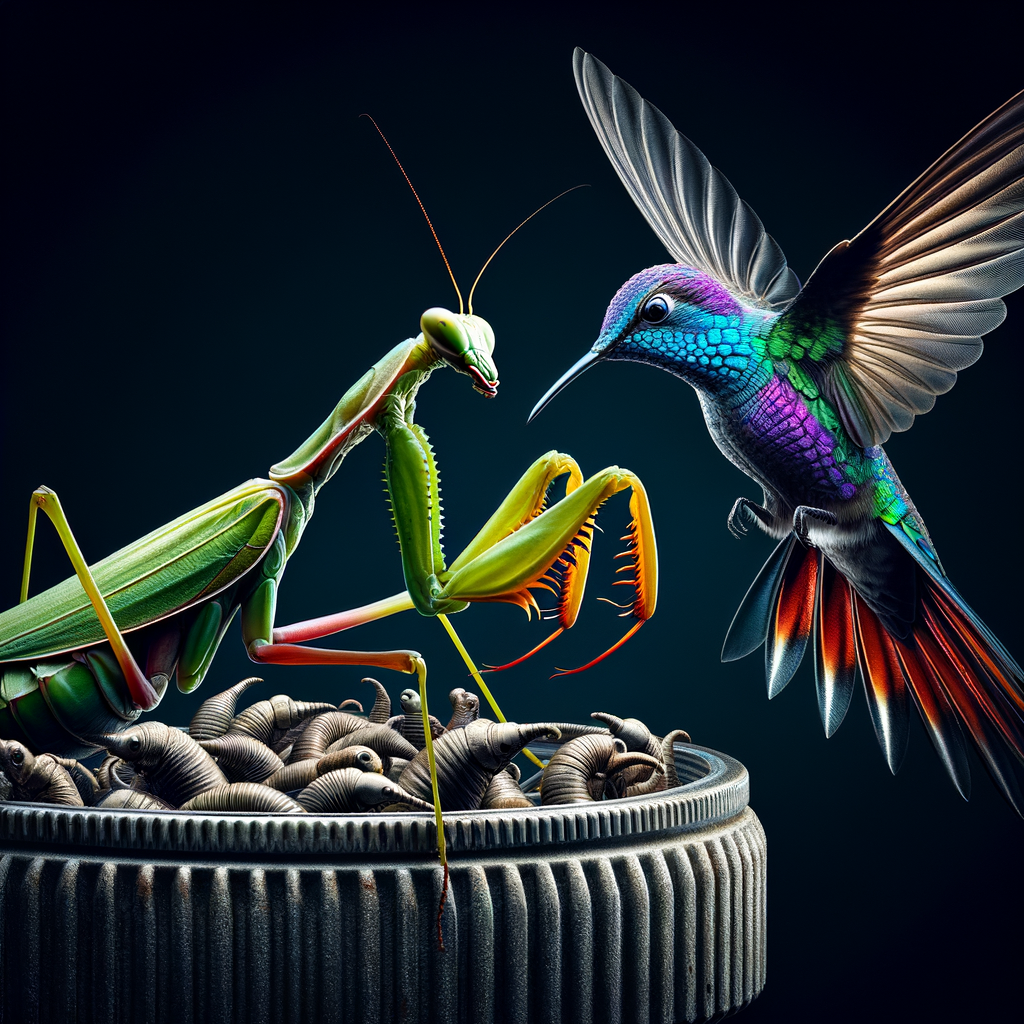
The praying mantis is a fascinating creature, known for its unique hunting techniques. Let’s delve into the world of these insects and understand how they hunt their prey.
Praying Mantis Hunting Techniques
Praying mantises employ a variety of hunting techniques to catch their prey. Here are the top three methods they use:
Camouflage and Ambush
Praying mantises are masters of disguise. They blend in with their surroundings, making it difficult for their prey to spot them. This technique, known as camouflage, allows them to ambush their prey effectively. They patiently wait for the right moment to strike, ensuring a successful hunt.
Speed and Precision
When it comes to hunting, speed and precision are crucial. Praying mantises are incredibly fast. They can strike their prey in just a fraction of a second. This lightning-fast speed, combined with their pinpoint accuracy, makes them formidable hunters.
Use of Forelegs
The praying mantis uses its forelegs to catch and hold onto its prey. These forelegs are equipped with sharp spikes that help them grip their prey tightly. Once the mantis has its prey in its grasp, there’s little chance of escape.
These hunting techniques make the praying mantis a successful predator. Their ability to blend into their environment, combined with their speed and precision, and the use of their forelegs, allows them to catch a variety of prey, from insects to small birds.
Praying Mantis Diet
The diet of a praying mantis is fascinating and diverse. They are known for their voracious appetite and are not picky eaters. Let’s delve into the typical and unusual prey of these intriguing insects.
Typical Prey
Praying mantises are primarily insectivores. They feed on a variety of insects such as flies, crickets, moths, and beetles. These insects form the bulk of their diet. The mantis uses its powerful forelegs to catch and hold onto its prey while it eats. This Wikipedia article provides more details on the typical diet of a praying mantis.
Unusual Prey: Birds
Surprisingly, praying mantises have been known to prey on small birds, particularly hummingbirds. This is unusual because insects typically do not prey on birds. However, the praying mantis is an exception. It is one of the few insects that can catch and eat a bird. This behavior has been observed in the wild and has been documented in several studies. For example, a Wikipedia article cites a study where praying mantises were observed preying on hummingbirds in North America.
In conclusion, the praying mantis has a diverse diet that includes both typical insect prey and unusual prey like birds. This makes them one of the most interesting and unique insects in the world.
Hummingbird Predation
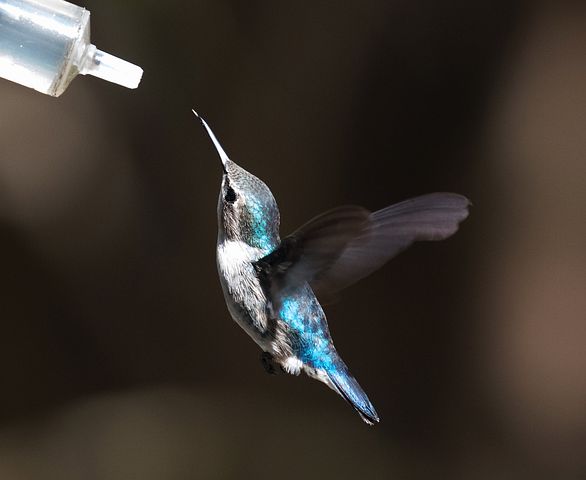
Hummingbirds, known for their vibrant colors and rapid wing movement, face various threats in their natural habitats. Despite their speed and agility, they are not immune to predation. Let’s explore the common predators of hummingbirds.
Common Predators of Hummingbirds
Hummingbirds have a few natural predators that pose a significant threat to their survival. These predators are:
Larger Birds: Larger birds such as hawks, owls, and crows are known to prey on hummingbirds. These birds have sharp beaks and claws that can easily catch and harm the tiny hummingbirds. They often target hummingbirds during their feeding time or when they are resting.
Snakes: Snakes are another common predator of hummingbirds. They can climb trees and reach hummingbird nests, which are usually located in high branches. The snakes eat the eggs and the young ones, significantly reducing the hummingbird population.
Praying Mantis: An Unexpected Predator: Surprisingly, the praying mantis is also a predator of hummingbirds. Despite their small size, praying mantises are skilled hunters. They use their front legs to catch and hold their prey. They can catch hummingbirds when they come to feed on nectar from flowers. Read more about this unexpected predator here.
In conclusion, the world of hummingbirds is filled with danger from unexpected sources. Despite their speed and agility, they have to constantly watch out for predators. This is a testament to the harsh realities of the natural world, where survival is a constant battle.
Hummingbird Defense Mechanisms
Hummingbirds, despite their small size, have developed a variety of defense mechanisms to protect themselves from predators. These mechanisms are not only fascinating but also demonstrate the bird’s resilience and adaptability.
Speed and Agility
Hummingbirds are known for their incredible speed and agility. They can fly at speeds of up to 34 miles per hour and can change direction quickly. This allows them to escape from predators with ease. Their ability to hover in place and fly backwards also gives them an advantage when avoiding attacks. [source]
Camouflage
Camouflage is another defense mechanism used by hummingbirds. Their bright, iridescent feathers can reflect sunlight, making them appear as a blur of color to predators. This can confuse predators and give the hummingbird a chance to escape. Additionally, when resting, their dull-colored underfeathers blend in with their surroundings, making them harder to spot. [source]
Aggressive Behavior
Despite their small size, hummingbirds can be quite aggressive. They are known to chase away larger birds and even other hummingbirds from their territory. This aggressive behavior can deter potential predators, protecting not only themselves but also their nests and young ones. [source]
In conclusion, hummingbirds have developed a variety of defense mechanisms to survive in the wild. These mechanisms, including speed and agility, camouflage, and aggressive behavior, demonstrate the bird’s adaptability and resilience in the face of danger.
Praying Mantis vs Hummingbird: The Deadly Encounter
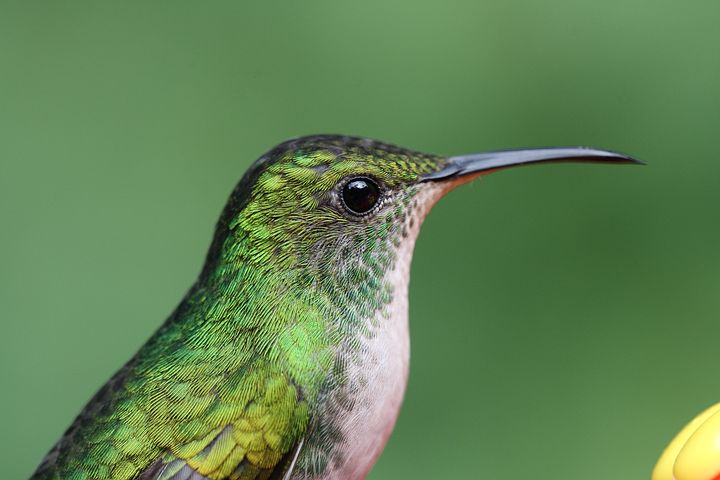
In the natural world, survival is the name of the game. One such deadly encounter is between the praying mantis and the hummingbird. Let’s delve into a case study that illustrates this unusual predator-prey relationship.
Case Study: Praying Mantis Hunting a Hummingbird
While it may seem unlikely, praying mantises have been known to hunt and consume hummingbirds. Let’s explore a specific instance of this fascinating interaction.
Setting the Scene
In a suburban garden, a hummingbird feeder hangs, attracting a variety of these tiny, vibrant birds. Unbeknownst to the hummingbirds, a praying mantis lurks nearby, perfectly camouflaged among the leaves.
The Hunt
The mantis, an excellent ambush predator, waits patiently for the right moment. As a hummingbird approaches the feeder, the mantis strikes, catching the bird with its powerful, spiked forelegs. The hummingbird struggles, but the mantis’s grip is too strong.
The Outcome
Despite the hummingbird’s best efforts, it cannot escape the mantis’s grasp. The mantis begins to consume the bird, starting with the head. This deadly encounter is a stark reminder of the harsh realities of nature.
While this case study may seem shocking, it’s important to remember that each creature plays a role in the ecosystem. The praying mantis, as a predator, helps control the population of its prey, contributing to the overall balance of nature.
Can Insects Kill Birds? The Science Behind It
It may seem unlikely, but certain insects can indeed pose a threat to birds. Let’s delve into the science behind this intriguing phenomenon.
1. Size and Strength: Insects vs Birds
Generally, birds are larger and stronger than insects. They have powerful beaks and claws, and their ability to fly gives them an advantage. However, size and strength are not the only factors that determine the outcome of a confrontation. Insects, despite their small size, can be surprisingly strong and resilient. Some insects, like beetles, have hard exoskeletons that can withstand bird pecks. Others, like bees and wasps, have stingers that can deter birds.
Moreover, many insects have evolved unique survival strategies. For instance, some insects use camouflage to blend in with their environment, making it difficult for birds to spot them. Others release unpleasant smells or tastes when threatened, discouraging birds from eating them.
2. Exceptional Cases: Praying Mantis vs Hummingbird
One of the most fascinating examples of an insect preying on a bird is the case of the praying mantis and the hummingbird. Despite the significant size difference, a praying mantis can catch and kill a hummingbird. How is this possible?
The praying mantis is an exceptional hunter. It has a pair of powerful, spiked forelegs that it uses to catch its prey. When a hummingbird comes close, the mantis strikes, grabbing the bird and holding it in place. The mantis then proceeds to eat the hummingbird, starting with the head.
This behavior is not common, but it has been documented in several instances. It’s a stark reminder of the surprising and often brutal realities of the natural world.
In conclusion, while birds are typically the predators of insects, there are exceptions. The world of insects is diverse and complex, and their interactions with birds can be surprising. As we continue to study these creatures, we’ll undoubtedly uncover more fascinating insights into their behaviors and survival strategies.
Hummingbird Survival Tactics
Hummingbirds, despite their small size, are known for their resilience and survival skills. They have developed a variety of tactics to survive in the wild, including learning from experience and adapting to threats. Let’s delve into these strategies.
Learning from Experience
Hummingbirds are quick learners. They remember every flower they’ve been to, and how long it will take a flower to refill after they drink its nectar. This ability to learn and remember helps them to efficiently find food and avoid wasting energy.
They also learn from their interactions with predators. For instance, if a hummingbird has a close encounter with a praying mantis, it will remember the location and the threat, and will avoid that area in the future. This learning from experience is a key survival tactic for hummingbirds.
Adapting to Threats
Hummingbirds are not just fast learners, but they are also highly adaptable. When faced with threats, they can change their behavior to increase their chances of survival.
For example, when a hummingbird detects a predator, it can fly in a zigzag pattern to confuse and evade the threat. They can also use their speed to quickly escape from dangerous situations. In addition, hummingbirds have been observed to go into a state of torpor, a deep sleep-like state, to conserve energy when food is scarce. This adaptability helps them survive in various challenging conditions.
In conclusion, hummingbirds use a combination of learning from experience and adapting to threats as their primary survival tactics. Despite their small size, these birds are a testament to the power of adaptability and learning in the wild.
Conclusion: The Intriguing World of Insect Predators of Birds
In this post, we have journeyed through the unexpected and fascinating world of insect predators of birds, with a special focus on the praying mantis and the hummingbird. This unusual predator-prey relationship sheds light on the complexity and diversity of the natural world.
Recap of Praying Mantis vs Hummingbird
The praying mantis, despite its small size, is a formidable predator. It has been observed preying on hummingbirds, a phenomenon that is both surprising and intriguing. The mantis uses its powerful forelegs to capture and hold the bird, demonstrating an unexpected reversal of the typical predator-prey dynamic. This interaction is a stark reminder of the praying mantis’s predatory prowess.
Implications for Understanding Predator-Prey Relationships
The praying mantis and hummingbird interaction challenges our traditional understanding of predator-prey relationships. It forces us to reconsider our assumptions about size and power in the natural world. This case study underscores the importance of continued research and observation in enhancing our understanding of these complex dynamics.
In conclusion, the world of insect predators of birds is full of surprises and lessons. It provides a unique lens through which to view and appreciate the intricacies of nature. As we continue to explore these relationships, we gain a deeper understanding of the interconnectedness and diversity of life on our planet.

